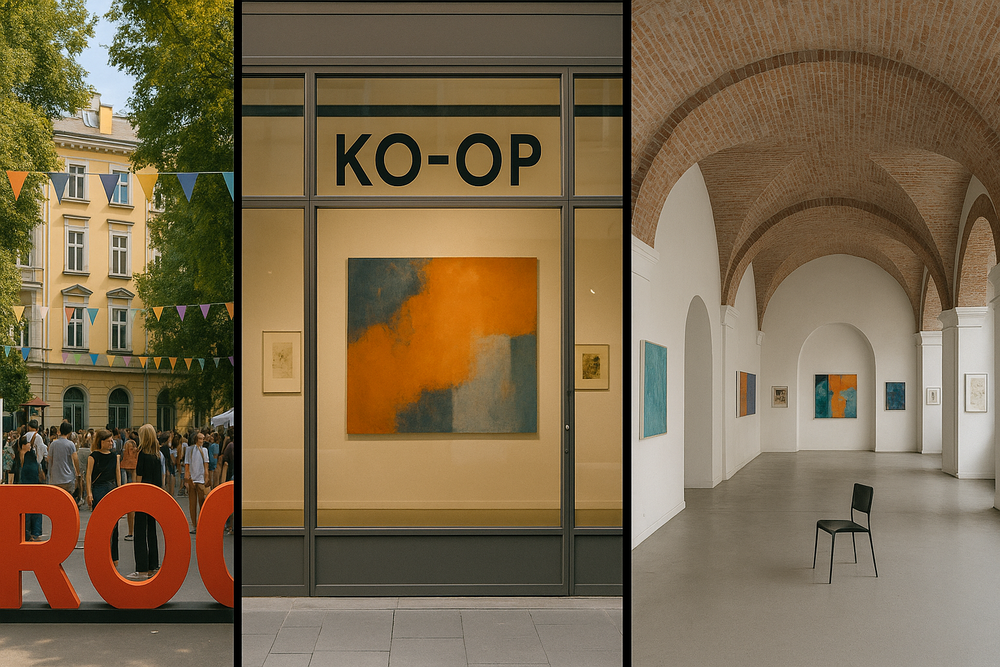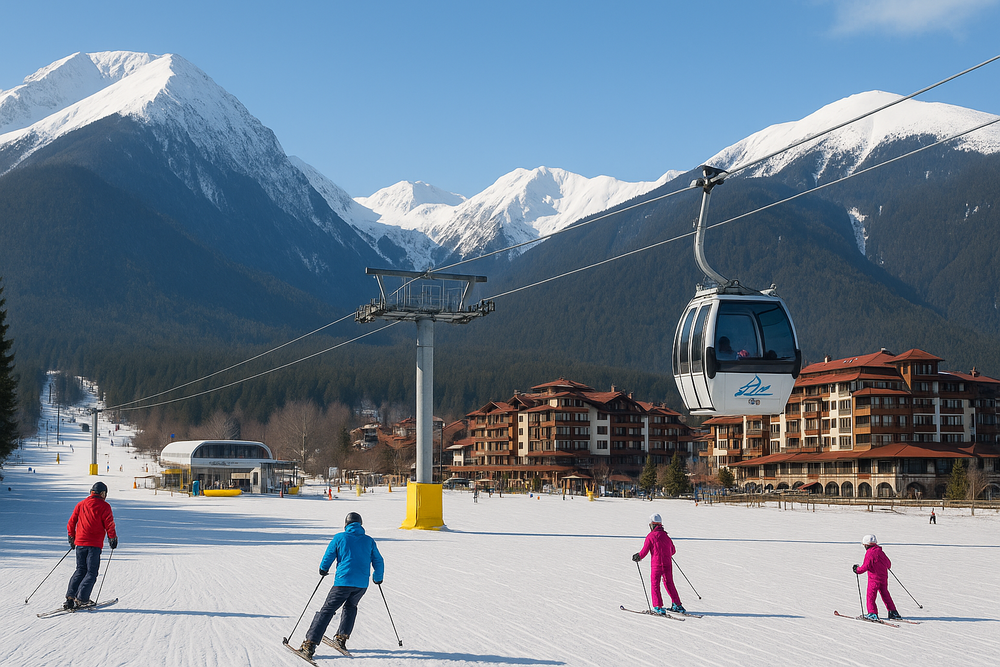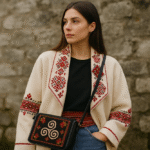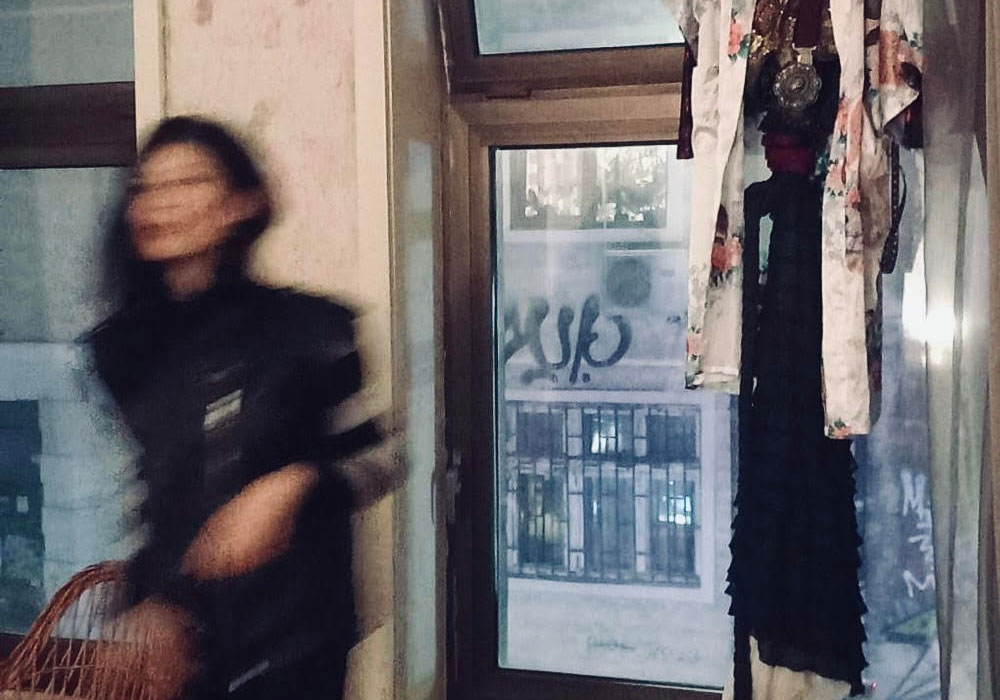
Bulgaria, a country nestled in the heart of the Balkans, is a land where traditions are not relics of the past, but a vibrant part of everyday life. Among its most enduring cultural treasures are the folk dances, songs, and costumes that continue to enchant both locals and visitors alike. Far from being confined to museums or festivals, Bulgarian folklore lives and breathes in village squares, family gatherings, and contemporary art forms.
The Rhythm of the Land: Bulgarian Folk Dance
Bulgarian folk dance, or horo, is one of the most recognizable expressions of national identity. Danced in circles or lines, often hand-in-hand, horo brings together people of all ages in a shared celebration of rhythm and unity. The steps vary from slow and graceful to lightning-fast and intricate, often accompanied by asymmetrical rhythms that challenge even experienced dancers. Different regions of the country boast their own styles — from the bouncing Shopluk horo to the majestic dances of Pirin — each carrying a unique emotional charge and historical depth.
Dance in Bulgaria has always been more than entertainment; it is a form of storytelling, a coded language that speaks of joy, sorrow, love, and struggle. In many villages, young people still learn dances from their elders, ensuring the continuity of this deeply rooted tradition.
Songs That Echo Through the Ages
Bulgarian folk songs are another cornerstone of the national heritage. Typically performed by soloists or women’s choirs, these songs are known for their haunting harmonies, open-throat singing, and powerful emotional intensity. Themes range from pastoral life and seasonal rituals to epic tales and laments of lost love. Some melodies date back centuries and have been passed down orally from generation to generation.
The global music scene took notice when the Bulgarian State Television Female Vocal Choir — also known as “Le Mystère des Voix Bulgares” — won a Grammy Award and captivated international audiences with their mesmerizing polyphonic singing. Today, young Bulgarian musicians often blend traditional melodies with electronic or jazz elements, breathing new life into ancient tunes.
A Visual Feast: Traditional Bulgarian Costumes
No discussion of Bulgarian folklore would be complete without the stunning traditional costumes (nosii). Each region of Bulgaria has its own distinctive style, featuring embroidered motifs, colorful aprons, and elaborate headpieces. The designs are not merely decorative; they often carry symbolic meanings connected to fertility, protection, and identity. For instance, the red thread frequently seen in embroidery is believed to ward off evil spirits.
In rural festivals and national celebrations, many Bulgarians still wear these costumes with pride. Artisans and craftspeople continue to produce them by hand, using age-old techniques such as weaving, dyeing with natural pigments, and cross-stitch embroidery. There is also a growing movement among contemporary designers to reinterpret folk garments in modern fashion.
Folklore as a Living Tradition
What makes Bulgarian folklore truly unique is that it has never been relegated to the past. It remains a living, evolving tradition. Folklore festivals like Rozhen, Koprivshtitsa, and Surva draw thousands of people every year — not just spectators, but active participants who sing, dance, and wear their heritage with pride. These events are moments of cultural continuity, where generations meet not only to preserve the past, but to shape its future.
In a world that often seems to favor the fast and the disposable, Bulgarian folklore offers something enduring and meaningful. It reminds us that culture is not just something we inherit — it is something we actively create and carry forward, step by step, note by note, stitch by stitch.











